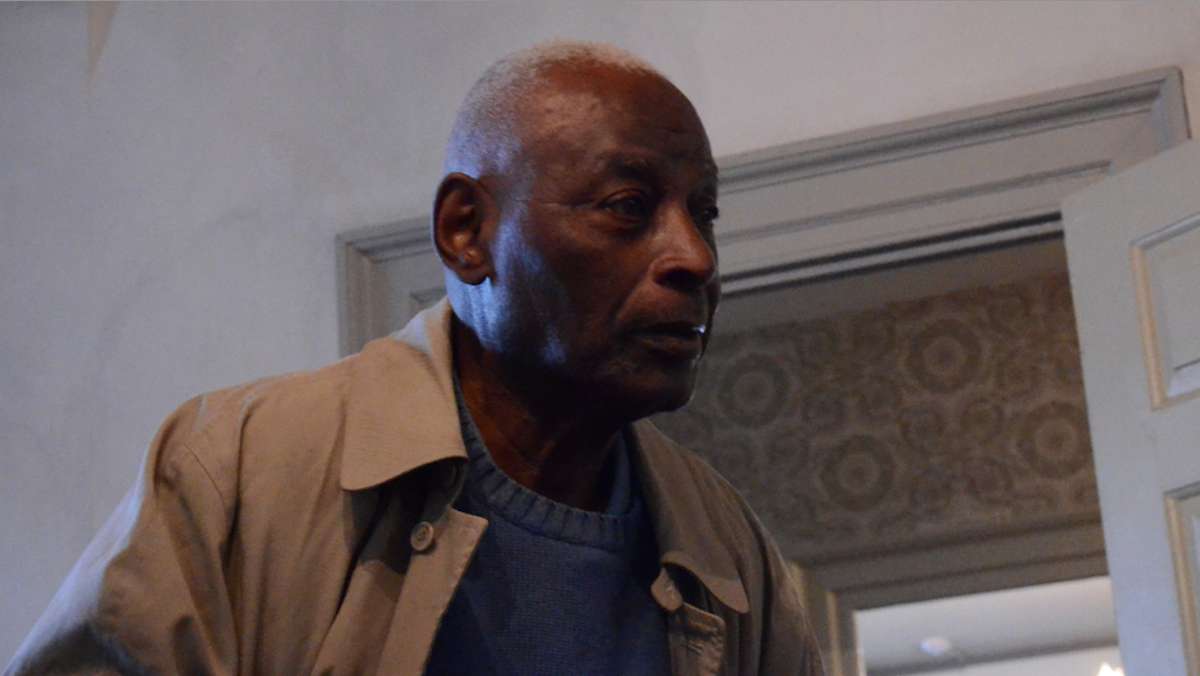Underground Railroad tour in Germantown offers ‘hidden history’ lessons
The Moonstone Arts Center led a guided bus tour of Underground Railroad stops in Germantown and Plymouth Meeting on Saturday.
Narrated by Larry Robin, of Larry’s Books, the group met at the African American Museum in Center City and departed for Germantown. He called the underground railroad tour a lesson in “hidden history.”
“You’ve never heard of some of these people in the history books,” Robin said. “They weren’t generals. They weren’t presidents. They didn’t win battles. They fought for equality.”
The program
Tour goers received their own newspaper, the Philadelphia Freedom, which served as a primer for the stories they’d hear on the excursion.
Printed on its cover were headlines, concisely written like modern tabloids, but detailing stories from America’s pre-Civil War history.
“Man travels 27 hours in a box,” read the headline on the story about Henry Brown, who mailed himself in a crate from Virginia to abolitionists in Philadelphia to secure his freedom in 1849.
Robin designed the historical newspapers after the Metro, for its clusters of short articles with attention-grabbing headlines.
“This was like social media for the 19th century,” Robin said.
Tour itinerary
The tour’s first stop was the massive Harriet Tubman mural located at 2900 Germantown Ave.
Along with Tubman, the piece features other key Underground Railroad figures including Quaker activist Lucretia Mott, historian William Still and Jacob Blockson, who escaped his drunken slave owner in Delaware, and whose story would be recounted in Still’s “The Underground Railroad Records.”
Blockson’s great-great-grandnephew Charles joined the tour at the Johnson House (6306 Germantown Ave.), which served three generations of Quakers and was a station in the Underground Railroad.
Charles Blockson became obsessed with his family’s direct role in the Underground Railroad — his great-grandfather was also a slave who escaped to Canada — when he bought a $5 copy of William Still’s “The Underground Railroad” in 1948, and read his relatives’ first hand accounts of their escape to freedom.
“According to oral tradition, African people were not taught to read and write … but most of our history was handed down from our grandfathers, grandmothers, uncles and aunts,” Blockson said. “Never dismiss the oral tradition of your family.”
The tour also visited the Mt. Airy United Fellowship, a tiny place of worship known as “the little church on the hill,” which resembles the 19th-century slave churches.
The Mt. Airy United Fellowship’s basement displayed quilts dating back to the Underground Railroad era as well.
Embroidered into the quilt’s designs were secret codes to help slaves escape North — a basket signified stocking up on food for the journey, flying geese indicated the trip north, a sailboat for the trip across the great lakes and so on.
Moonstone Arts Center will continue their Underground Railroad and American slavery-related programs through Oct. 25. Visit MoonstoneArtsCenter.org for more information.
WHYY is your source for fact-based, in-depth journalism and information. As a nonprofit organization, we rely on financial support from readers like you. Please give today.
























